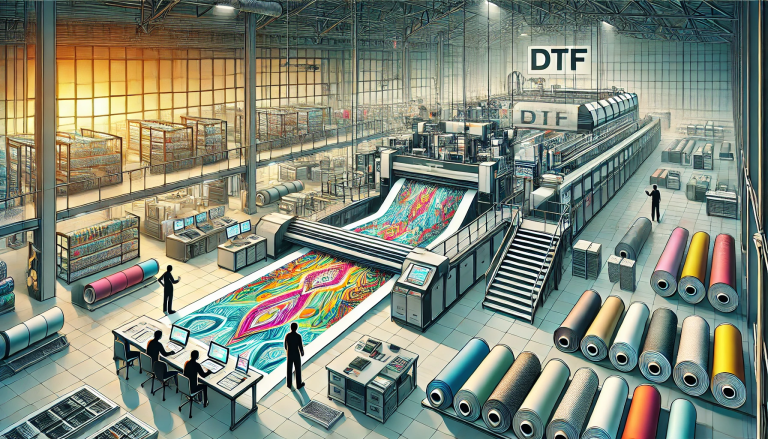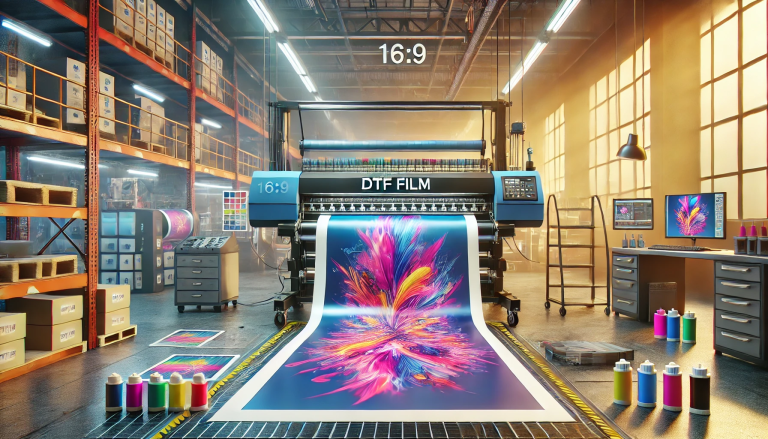“UV DTF vs. DTF Transfer Paper: Exploring the Pros and Cons” -MAXDTF- UV Film Transfer Paper Supplier, China UV DTF PET Decal, Made in China
In the realm of modern printing technologies, both UV DTF (Direct to Film) and DTF Transfer Paper have emerged as innovative methods for transferring intricate designs onto various surfaces. These techniques have transformed the way we approach custom printing, offering advantages that cater to different needs and preferences. In this blog post, we’ll delve into the world of UV DTF and DTF Transfer Paper, exploring their unique features, benefits, and drawbacks.
UV DTF: A Breakdown
UV DTF (Direct to Film) printing is a relatively new technology that combines the strengths of traditional Direct-to-Garment (DTG) and DTF methods. It involves printing designs directly onto a specialized film using UV-curable inkjet printers. Once the design is printed, a layer of UV adhesive is applied to the printed film. The film is then pressed onto the target surface, and UV light is used to cure the adhesive, bonding the ink to the substrate.
Pros of UV DTF:
- Vivid Colors and Details: UV DTF excels in producing vibrant and intricate designs with sharp details, making it ideal for complex artworks and photographs.
- Compatibility with Various Surfaces: UV DTF can be used on a wide range of substrates, including fabrics, ceramics, glass, metal, and more.
- Durability: The UV-cured ink offers excellent wash fastness and durability, ensuring that the designs remain vibrant even after repeated washes.
- Fast Production: UV DTF allows for quick printing and curing, making it suitable for high-volume production.
Cons of UV DTF:
- Equipment Investment: UV DTF requires specialized UV-curable inkjet printers and curing equipment, which can be a significant investment.
- Learning Curve: Mastering the intricacies of UV DTF printing might take time, especially for beginners.
- Adhesive Application: Applying the UV adhesive evenly can be challenging, and improper application can affect the quality of the final output.
DTF Transfer Paper: A Closer Look
DTF Transfer Paper (Direct to Film Transfer Paper) is another advanced printing technique that involves printing designs onto a specialized transfer paper using regular inkjet printers. The design is then transferred onto the target surface using a heat press, where the ink and adhesive are bonded to the substrate.
Pros of DTF Transfer Paper:
- Cost-Effectiveness: DTF Transfer Paper is relatively more affordable since it doesn’t require specialized UV-curable printers or curing equipment.
- Ease of Use: The process of printing on transfer paper and using a heat press is straightforward, making it accessible to a wider range of users.
- Versatility: DTF Transfer Paper can be used on fabrics, leather, and other textile materials, making it suitable for garments and accessories.
Cons of DTF Transfer Paper:
- Color Vibrancy: While DTF Transfer Paper produces impressive results, it might not match the vividness and detail achievable with UV DTF.
- Wash Fastness: The durability of DTF Transfer Paper prints might be slightly lower than UV DTF prints, particularly after multiple washes.
- Limitation in Substrates: DTF Transfer Paper is primarily designed for fabric materials and might not adhere as effectively to other surfaces compared to UV DTF.
Choosing the Right Method for You
Ultimately, the choice between UV DTF and DTF Transfer Paper depends on your specific requirements. If you prioritize intricate designs, durability, and a wider range of compatible surfaces, UV DTF might be the better option, despite the higher upfront costs. On the other hand, if you’re looking for a cost-effective method with relative ease of use and mainly focus on fabric applications, DTF Transfer Paper could suit your needs.
Both UV DTF and DTF Transfer Paper have their own sets of advantages and disadvantages, catering to different preferences and business goals. Whichever method you choose, it’s essential to explore their capabilities, experiment with different materials, and consider your intended output to achieve the best possible results.




